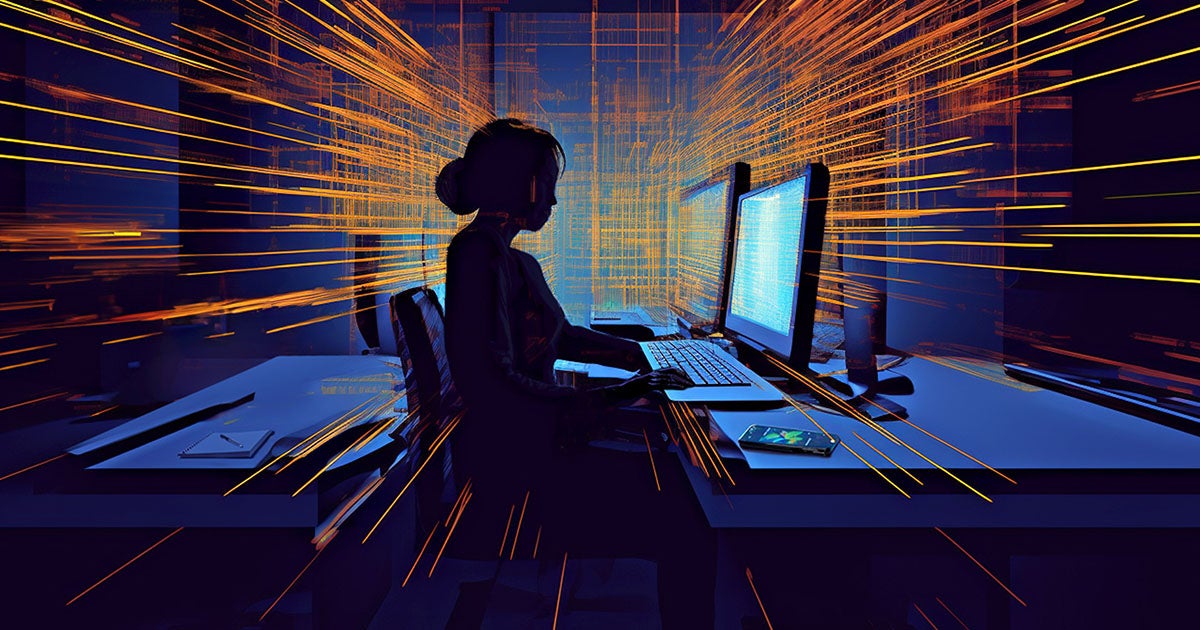The explosion of artificial intelligence used to enhance business processes, propel innovative products, and further automation has touched essentially every industry to date. The security sector, notable for its maturity and complexity, is not exempt from the AI tidal wave.
In fact, quite the opposite, the security sector and more specifically the domain of video surveillance have seen an emergence of AI-powered solutions both hardware and software.
The widespread adoption of IP cameras, cloud computing capacities, and smart sensors have paved the way for new AI products and solutions to function at scale.
AI-powered video analytics
One application of artificial intelligence for the video surveillance sector is the use of video analytic solutions to analyse video streams in order to extract pre-determined objects, behaviours, or situations.
To give some examples, AI video analytics can be used to monitor perimeter crossing for border control, detect fevers or masks in airports or public spaces, arms detection in casinos, or be used to filter out alarms triggered by benign movements versus real intrusions.
This application of artificial intelligence leans on its specific branch, machine learning, which uses a complex series of AI models to analyse the content of the video flow, autonomously identifying and classifying the videos according to predefined rules.
Adopting technology
AI video analytics yields promising benefits, a reduction in operational costs, and an increase in safety and a decrease in riskWhen AI video analytics are used effectively, they yield very promising benefits. A jump in video flow analysis from an average of 10% by humans to 100%, a reduction in operational costs, and an increase in safety and a decrease in risk.
The use of AI video analytics for surveillance sounds simple enough, however, there are several perceived factors inhibiting security organisations from adopting the technology.
Adopting AI into your video surveillance operation
The security industry is capital intensive, complex in its IT structure, and diverse in situational business needs.
Therefore, resulting in a perception of high effort, time and costs required to successfully integrate AI into your video surveillance operation. However, these effort constraints can be debunked due to the flexibility of video analytic solutions.
Three areas that deter security organisations from adopting AI
Existing capital
A surveillance operation contains a network of cameras that film with a range of video qualities.
AI video analytics can analyse a range of videos from low to high resolution in thermal, infrared and visible formatsAI video analytics often operate on smart cameras that have the appropriate video image quality for the capacity of content analysis. The costs involved in overhauling legacy camera systems, converting videos into higher quality, or waiting until the current camera network is ready to be replaced in order to integrate AI is expensive, time-consuming, and often unfeasible.
However, not all AI video analytic solutions need to be deployed on edge with smart cameras. Instead, video analytics can be deployed both directly on to the camera or have server-based integration maintaining and scaling to your existing camera network. AI video analytics can also analyse a range of videos from low to high resolution in a variety of formats: thermal, infrared, visible.
Complex IT structure
A single central command centre or in-house security network operates in a multi-manufacturer environment. This means cameras, video management systems, and technology partners can be provided by several manufacturers therefore increasing the complexity of successful IT workflows and integrations.
Theft or perimeter infringement can take place in a matter of minutes, therefore the transfer of information between solutions is required to function at top speed. To overcome this complexity, the successful integration of solutions in a multi-manufacturer environment is assured through industry enforced standards set by non-profit organisations.
This allows for third-party solutions such as AI video analytics to be easily integrated into the bulk of software and hardware technologies.
Diversity in security needs
To obtain high performance in a diverse security setting is inherently built into AI video analytic machine The objective of a surveillance operation can vary greatly from one organisation to another. Retailers prioritise theft detection, while city governments may be concerned about arms detection or people counting.
The capacity for AI to function with high performance, meanwhile adapting to several organisation’s security needs requires algorithms to be trained accordingly. To obtain high performance in a diverse security setting is inherently built into how AI video analytic machine learning model’s function.
AI can be trained to adapt to different environments and uses progressive learning to increase performance overtime. A collaborative effort between security experts, data scientists and business strategists will ensure high performance and an appropriate application of AI to fit each organisation’s specific needs.
Surveillance innovation moving forward
While for some video surveillance organisations, the costs and time associated with successfully integrating AI into their network may seem daunting, there are ways to adapt new technology into an existing operation with minimal effort.
The emerging presence of smart cameras and IoT products will only accelerate the adoption of AI moving forward. If your organisation is looking to enhance its operation with emerging technologies, now can be the time.


